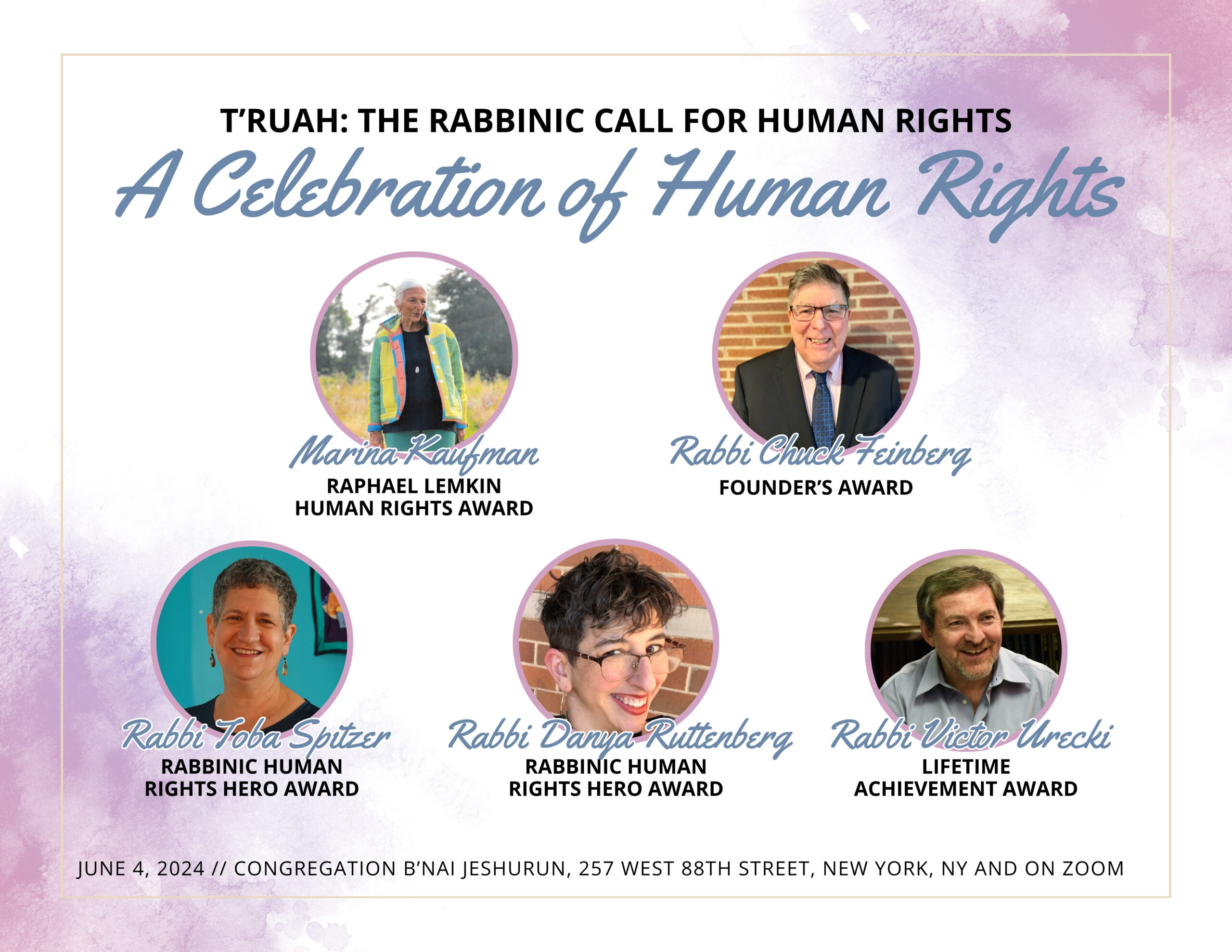T’ruah supporters have been asking the Jewish National Fund to come clean about how much of our U.S. donor money ends up over the Green Line. JNF-USA’s response further obfuscates their involvement in building the settlements that serve as obstacles to peace.
The JNF response letter asserts, “Contrary to T’ruah’s allegations, JNF is not involved in any settlement building and never has been.”
But only a few paragraphs later, the letter admits, “KKL-JNF has deep roots in Gush Etzion. . .The few projects that JNF-USA supports include the new museum and visitor center at Gush Etzion, the Three Boys Promenade (in memory of the three young men killed last summer), and various parks and the maintenance thereof.” And, “There have been Jewish communities in the West Bank for many centuries and JNF began planting trees in those communities over 100 years ago.”
So which is it, JNF?
JNF further explains that the Gush Etzion projects “were funded by donors who designated contributions directly towards these sites that are open and available to all, and improve the quality of life in the area.” It may be that some donors designate funding to these projects, but we all know that money can be fungible. And JNF actively fundraises for its projects in Gush Etzion, including at a fundraiser at a synagogue in New Jersey this month.
JNF’s claim that the Gush Etzion projects “are open and available to all and improve the quality of life in the area” denies the impact on Palestinians, who certainly do not enjoy access to these sites, and whose human rights are compromised–through land seizures, segregated roads, and a separate system of law–in order to make it possible for Israelis to live in the West Bank.
We admire much of the work that JNF has done in building and sustaining the State of Israel. But the establishment and expansion of settlements only obstructs peace and threatens the security and human rights of both Israelis and Palestinians.
This summer, Rabbi Jill Jacobs and Marisa James of T’ruah met with Russell Robinson, the CEO of JNF-USA, to ask for a list of their current and past projects, and the money invested in each. We have yet to see this information, despite JNF’s claim that they “met with [T’ruah’s] director and shared everything.”
Bizarrely, the JNF letter also claims, “The Green Line is named such because of the millions of trees KKL-JNF planted there over the decades before Israel’s founding and the millions we’ve planted across the country since.” In fact, the Green Line refers to the 1949 armistice line, so named after the color of the ink used to draw it.
Does the JNF accept this distinction between Israel and the area beyond the Green Line which–even according to Israeli law has never been annexed and therefore constitutes occupied territory. Why does the Green Line not appear on JNF’s famous blue box?
JNF’s response letter further confuses the issue by blurring the distinction between KKL-JNF (Israel) and JNF-USA. In this summer’s meeting between T’ruah and JNF, Russell Robinson repeatedly asserted that JNF-USA does its work completely separately from KKL-JNF, runs its own projects in Israel, and only gives limited grants for forestation to the Israeli group. In sliding back and forth between using JNF, JNF-USA, and KKL-JNF, the organization further confuses the issue.
JNF accuses T’ruah of “an ongoing campaign that alleges JNF has something to hide with projects and/or settlement building within the Green Line.” And indeed, as we continue our push for a clear accounting of how U.S. donations are being used, JNF continues to hide this information from the public.
According to midrash (rabbinic commentary), after the mishkan (tabernacle) was completed, per the biblical story, some Israelites accused Moses of misusing their donations. Moses’ response? A full accounting of every piece of jewelry, gold, and precious stone that the people had offered.
We should ask no less of our communal leaders today. Rather than confusing issues through obfuscating letters, JNF-USA should let us know how much US donor money goes over the Green Line to peace-blocking settlements.

